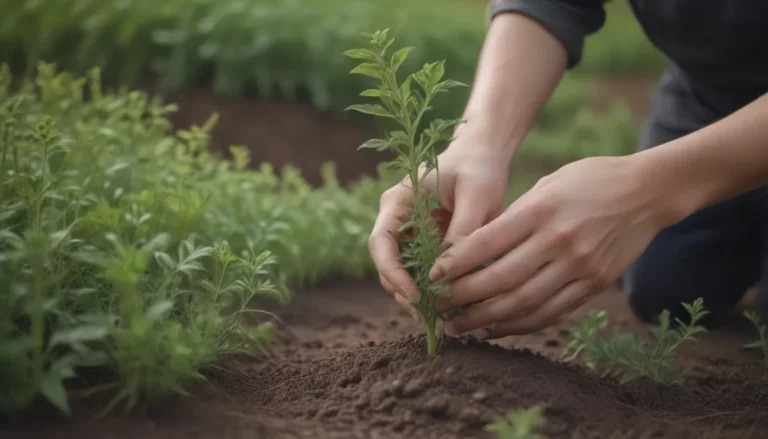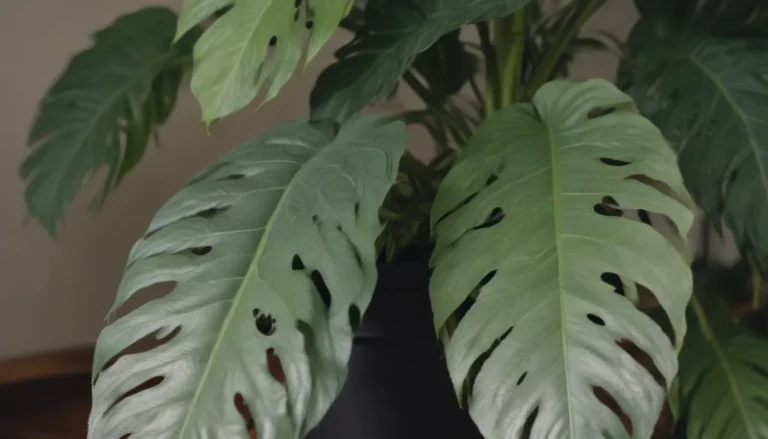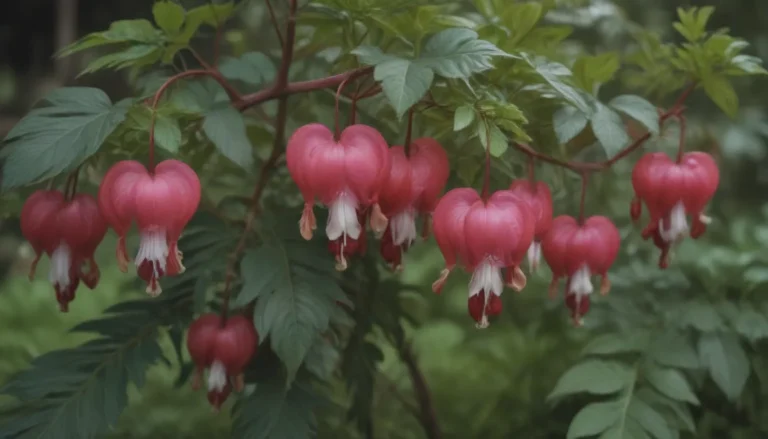Comprehensive Guide to Growing and Caring for Mexican Hat Flower (Prairie Coneflower)

If you’re looking to add a pop of color and unique character to your garden, the Mexican hat flower, also known as the prairie coneflower, is an excellent choice. With its drooping mahogany-red blooms that resemble a traditional Mexican sombrero, this ornamental wildflower adds a touch of whimsy to any landscape.
Introduction to Mexican Hat Flower
The Mexican hat flower, scientifically known as Ratibida columnifera, is a drought-tolerant plant that thrives in hot and dry regions. Native to Mexico, this flower is inspired by the traditional Mexican sombrero. It features long, prominent cylindrical disks in the center of its blooms, which are tinged with yellow on the edges.
Mexican Hat Flower Care
To ensure that your Mexican hat flowers thrive and bloom abundantly, there are a few key care requirements to keep in mind. Here’s a breakdown of the essential care tips for growing Mexican hat flowers:
Light
Like many Mexican plants, the Ratibida columnifera thrives in full sun. While it can tolerate some light shade, providing ample sunlight will result in a more abundant and long-lasting bloom season.
Soil
Mexican hat flowers are adaptable to a wide range of soil types, including dry and nutrient-poor soil. However, they do not fare well in moisture-rich or heavy clay soil. Ensure that the soil is well-draining to prevent waterlogged conditions.
Water
One of the standout qualities of Mexican hat flowers is their drought tolerance once established. To encourage impressive and long-lasting bloom periods, provide deep waterings infrequently. Using mulch can help conserve moisture, especially in arid regions.
Temperature and Humidity
These flowers thrive in hot and dry regions, but excessive moisture, rainfall, or cold temperatures can be detrimental to their growth and development.
Fertilizer
Mexican hat flowers generally do not require additional fertilization, as they can thrive in nutrient-poor soils. However, adding a small amount of compost during planting may be beneficial for poor-quality soil.
Types of Mexican Hat Flowers
While there is only one notable variety of Mexican hat flower, known as ‘Red Midget,’ this compact perennial features daisy-like dark red flowers and hairy, gray-green leaves.
Pruning and Propagation
To prevent Mexican hat flowers from reseeding themselves, consider mowing them down after blooming. Alternatively, you can let some seed heads ripen for wild birds to enjoy during the winter. Propagate Mexican hat flowers by dividing the plants every few years in the springtime to refresh them and maintain their vibrant color.
Growing Mexican Hat Flower From Seed
Mexican hat flowers can easily propagate from seeds, making them a low-maintenance option for gardeners. Plant the seeds directly into the ground or provide a period of cold, dry stratification for stored seeds before planting them in the spring.
Potting and Repotting
For indoor settings, Mexican hat flowers make attractive potted plants. If growing them in containers, remember to repot them in larger containers to accommodate their growth. Repotting should be done in early spring before the active growing season begins.
Common Pests and Plant Diseases
While Mexican hat flowers are relatively pest and disease-resistant, they may be susceptible to Japanese beetles and aphids. Monitor your plants regularly and take appropriate measures to control infestations and prevent issues such as root rot caused by overly wet conditions.
Maximizing Bloom Periods and Common Problems
By deadheading Mexican hat flowers and providing ample moisture, you can encourage extended bloom periods from May through October. Keep an eye out for signs of overwatering, root rot, and pests like Japanese beetles to maintain the health of your plants.
In Conclusion
In summary, Mexican hat flowers are a delightful addition to any garden, thanks to their unique appearance and low-maintenance care requirements. By following these guidelines and tips for growing and caring for Mexican hat flowers, you can enjoy vibrant blooms and attract a variety of pollinators to your outdoor space.
Whether you’re a seasoned gardener or a novice plant enthusiast, incorporating Mexican hat flowers into your landscape can bring beauty and charm to your surroundings. So, roll up your sleeves, grab your gardening tools, and get ready to cultivate these lovely wildflowers in your own backyard. With the right care and attention, your Mexican hat flowers will flourish and brighten up your outdoor oasis for years to come.





